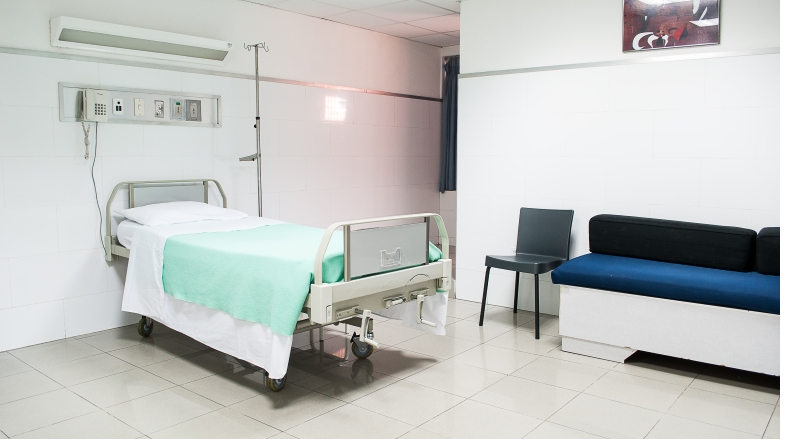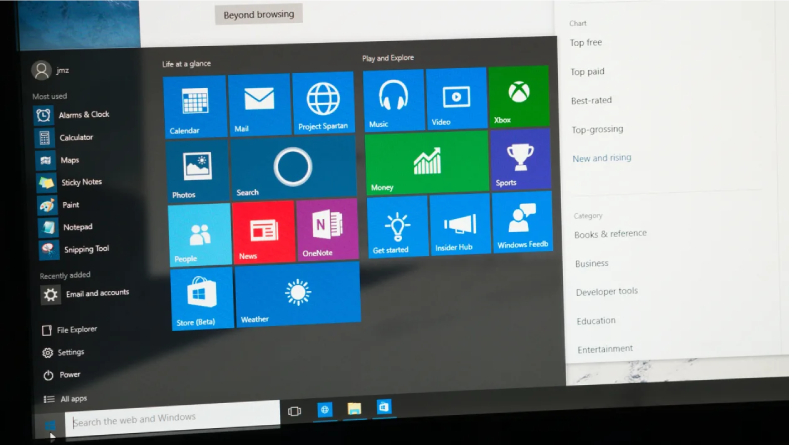Better patient care and more effective service delivery by healthcare practitioners are the results of healthcare digitization’s rise. But because there is so much personally identifiable information (PII), the healthcare industry is now vulnerable to hackers.
Between 2009 and 2021, there were 4,419 healthcare data breaches, according to the HIPAA Journal. This amounts to 314,063,186 exposed medical records. A data breach in the healthcare industry costs $10.10 million each occurrence, according to an IBM analysis. As opposed to the typical huge healthcare system hacks, the majority of these breaches were caused by third parties.
Healthcare security leaders need to be aware of and take precautions against a number of cybersecurity dangers as a result of this threat environment.
1. Third-party violation
The healthcare sector heavily depends on outside suppliers, including providers of cloud web hosting and cloud-based software. Healthcare businesses can benefit strategically from the expertise and/or cost savings provided by third parties. Because the majority of these healthcare firms lack adequate cybersecurity plans or data breach protection, they consequently pose a serious risk to those organisations.
An average healthcare company has contracts with 1,320 vendors. Attacking a third-party vendor makes more sense from the perspective of a cybercriminal. They have access to the data of the parent company if the attack is successful. 55% of healthcare businesses have experienced a third-party data breach in the past 12 months because of this type of incident.
Attackers use a variety of techniques to enter the networks of healthcare companies, including taking advantage of weak passwords and access controls. Additionally, a large number of healthcare institutions have vulnerable databases and servers that can be hacked to obtain their important data.
How to handle a breach by a third party
Healthcare institutions should have adequate network security and application security by 2023 and beyond to avoid a third-party compromise. One tactic for safeguarding patient data is encryption. In the event that patient data is compromised, the attacker would need the encryption keys in order to decrypt the data.
In order to prevent data theft even if a hacker gains access to the system, encryption should be used both in transit and at rest. It will be helpful to receive training on handling personal health information while preventing third-party breaches. Finally, make sure third-party vendors have the necessary security architecture to guard against the exposure of healthcare data by carefully vetting them.
Also Read :New Draft Amendments to China’s Company Law and Their Potential Effects on Enterprises
2. clouds break
In the cloud, 73% of healthcare firms keep critical information. Furthermore, personal health information makes up 45% of this data. Sixty-one percent of healthcare businesses surveyed by Netwrix reported having suffered a cloud infrastructure assault in the previous year, with phishing being the most frequent type of cloud breach.
The fact that 69% of their IT/security team is understaffed was the biggest obstacle to maintaining data protection in the cloud. 33% do not have the funds to establish a cloud security plan, and 55% lack the necessary experience in cloud security.
How to stop breaches in the cloud
Moving forward, healthcare businesses should make investments in creating a secure cloud architecture in addition to securing the conventional on-premise IT infrastructure.
Continue to test, monitor, and analyse enterprise cloud infrastructure to identify any flaws and resolve security gaps in the healthcare industry. There are solutions for managing the cloud that can keep an eye on it for your business. Having security policies in place for remote access, BYOD, password use, and data transfer and disposal is essential while investing in the infrastructure.
Continually inform all employees of these cybersecurity best practises. Finally, in case of a cloud breach or attack, create a disaster recovery strategy. The need for a remote data backup system is critical.
3. IoT assaults
A hospital’s Internet of Things (IoT) devices are vulnerable to assault in 53 percent of cases. The IV pump, which makes up 38% of a typical hospital’s IoT footprint, is the most vulnerable of these equipment. VOIP (Voice over Internet Protocol), which makes up 50% of IoT devices in a hospital, is the second most vulnerable.
Insecure passwords are the most frequent cybersecurity threat to these devices. Most Internet of Things (IoT) and Internet of Medical Things (IoMT) devices use their default passwords, which are easily obtained online from their manuals by hackers. The remainder merely employ hackable passwords that are weak.
How to stop IoT security breaches
Building more secure medical IoT devices is essential. IoT security standards, specs, and guidelines have been agreed upon globally by 104 tech players in order to safeguard IoT devices. The framework outlines five IoT security principles, including:
- the cessation of global default passwords
- putting into practise a vulnerability disclosure policy
- updating software frequently
- communication security
- ensuring the security of personal data.
- Strong passwords should be used for IoMT devices, and keeping an inventory of all IoMT equipment and using it to analyse risks are additional solutions.
- Security leaders must first comprehend these weaknesses, develop policies to address them, and set aside funds to address them in order to safeguard healthcare businesses from cybersecurity threats. They will be able to achieve this and advance in protecting their healthcare organisations from any data risks thanks to the information provided above.







